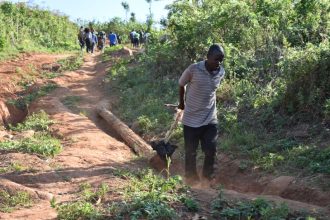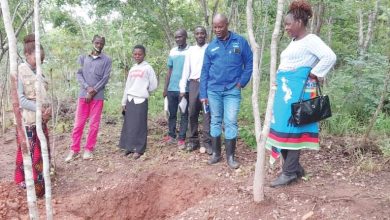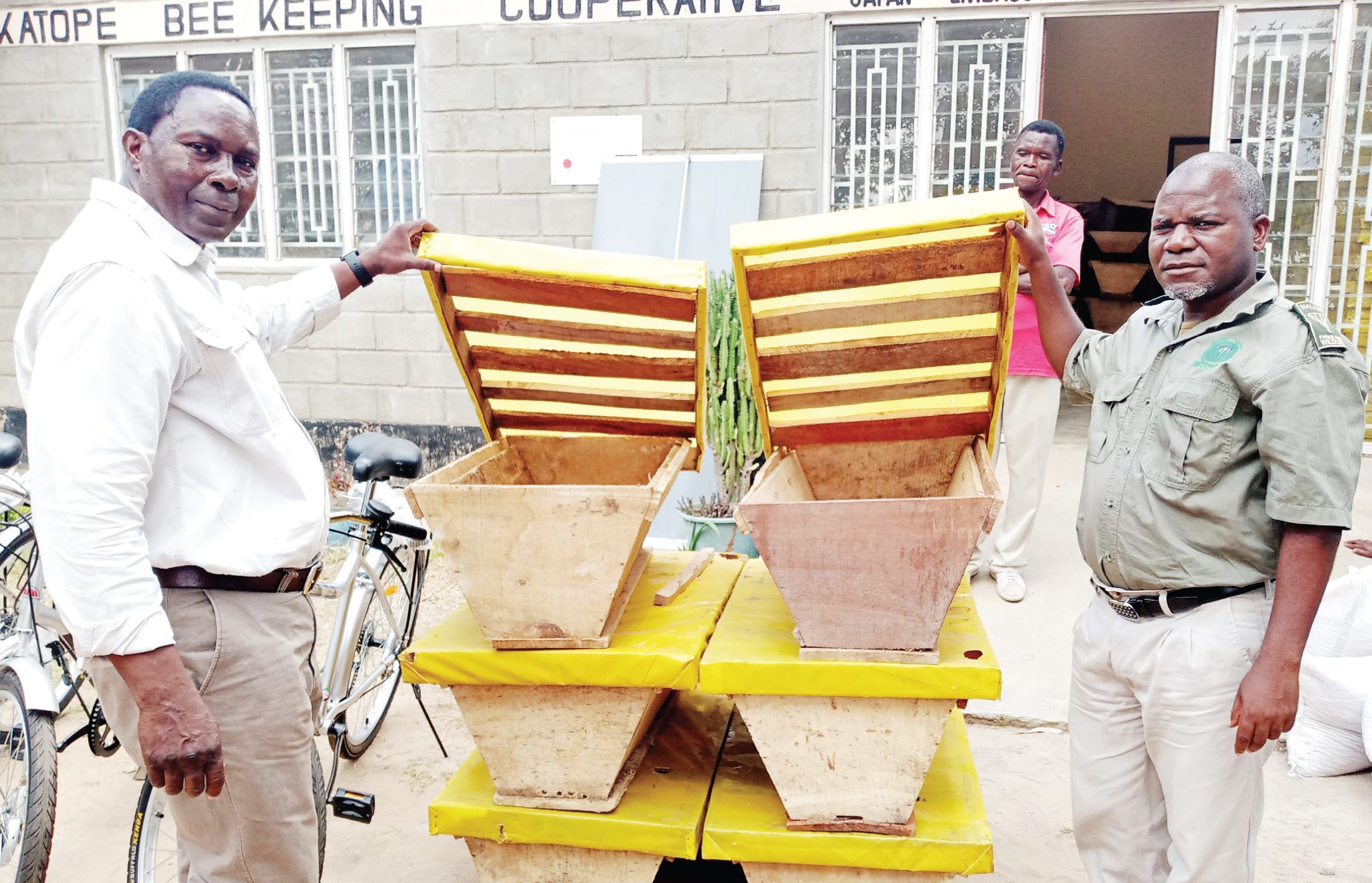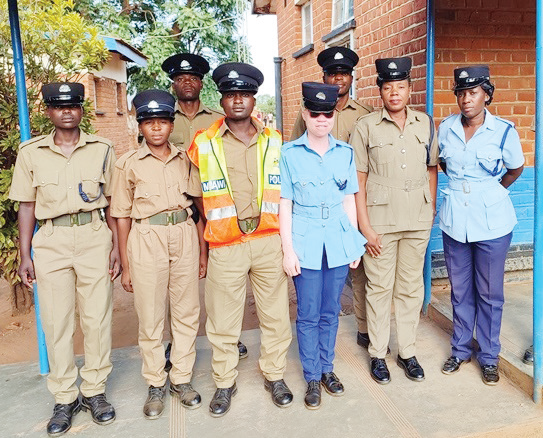The invisible, the unspoken
They live with us, but we hardly see or mind the pain people with disabilities endure, every day, in their quest, like all of us, to access safe water, sanitation and hygiene. EPHRAIM NYONDO—in conjunction with the Centre for Social Research (CSR) of the University of Malawi (Unima)—begins to tell their stories.
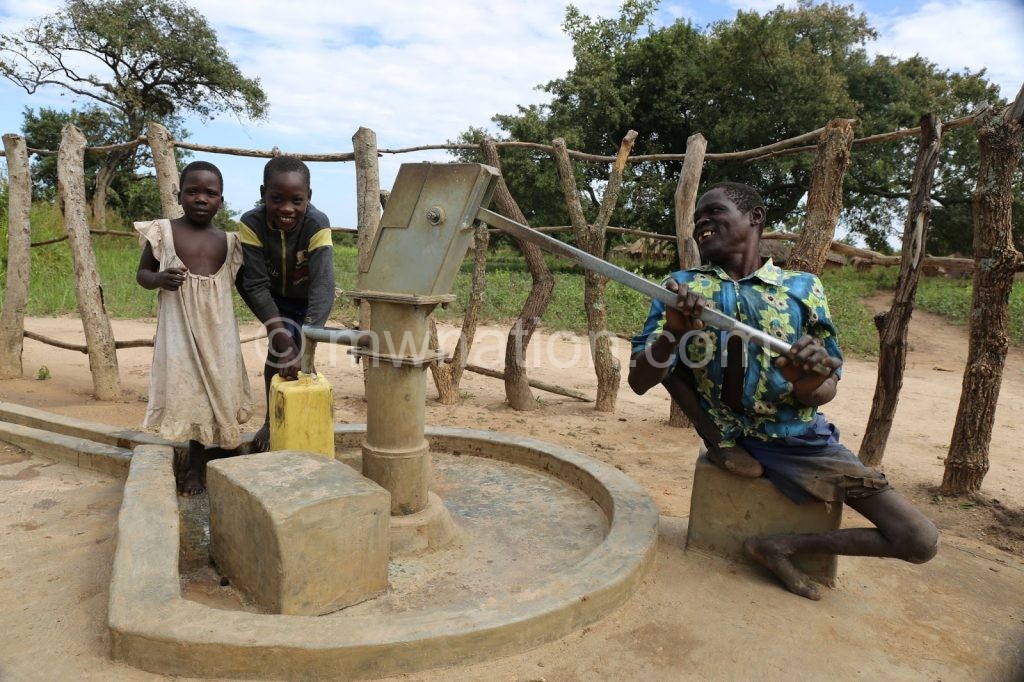
Your toilet, in a rural Bolero Village, Rumphi District, is a pit latrine. There, of course, may be nothing of a great deal about using it. You just walk on your two feet, squat on the opening of the pit latrine and help yourself.
But what if you are 44-year-old Hovings Chiumia from Rumphi, who became a double amputee following a road accident?
The whole experience becomes painful, unhealthy and disturbing. Yet despite that, he still has to go through it, every day, and, painfully, he does not even talk about it because even when he does, none listens.
“I am unhappy in the toilet. I have to crawl and it is really unhygienic. I know I am putting myself at risk of infection, but what other option do I have?” he says.
Or think about Chiumia taking a bath. When you had a shower, today, it was, as usual, probably a pleasant experience. But not with Chiumia.
The bathroom is always wet because it is also used by other family members, he says.
It makes me unhappy, he explains, when it is like this because I have to crawl.
“If I had the chance I would like a bathroom of my own so I could keep it clean,” he says.
Or consider if you were Reza Mhone, a 24-year-old single mother and double amputee who shares her make-shift toilet with 18 others? What if you had to crawl into that toilet, putting your hands in the urine and faeces of others? Reza, just like Chiumia, does not talk about it—for when she tries to do so, nobody gives her the ear.
Reza and Chiumia’s story is nothing different from that of Evess Ngwira, 32, from the same district who has partial paralysis due to having polio as a child.
Just like all of us she needs to fetch safe and clean water—sometimes far from her house with increasing water shortages—for her domestic use.
But there is a problem.
“I am unable to carry water on my own. Instead I have to adapt to just dragging it behind me,” she says.
It is not just the two. There is also Blessings Kaunda. He is an elderly woman with albinism. With increased scarcity of water hitting the country, she leaves her house at 4 am to collect water just so that she could avoid painful skin damage when the sun rises.
But what if travelling to the water point at that hour put you at risk of rape because locally people believe that having sex with an albino will cure HIV? Kaunda—because she needs the water to survive—takes that risk and she is raped and infected with HIV and Aids.
Or consider another story of Lizzie Nkhonjera, the mother of Samson, a teenage boy who has profound cognitive and physical impairments. Her full time role, every day, is to take care of Samson, to lift him to the bathroom and wash him five times a day.
But her caregiving role means she cannot engage in any other income generating activity—she rooted to the boy’s caregiving. Her free time, too, has been taken up collecting extra water, more than double other families, and her meagre income has largely been spent on water bills. As a result, she compromises on her own water use and needs.
There could be many more stories capturing the painful world that people with disabilities face in their quest to access safe water, sanitation and hygiene.
What is key, however, is to underline that—in accessing safe water, sanitation and hygiene—people with disabilities are invisible to many of us and, at the same time, their stories are unspoken.
But there is a big reason why this a big problem.
Globally 700 million people live without access to safe water and 2.5 billion people lack access to improved sanitation.
Despite the immensity of this problem there is evidence to suggest that individuals living with a disability, aged over 60 or suffering from chronic illnesses are at a disproportionately greater risk of not having adequate access to water and sanitation facilities. This is according to the 2011 Human Rights of older persons and the 2011 World Report on Disability. The World Disability Report also estimated that 15 percent of the world’s population have a disability and that 80 percent of those reside in developing countries.
Disability, experts note, is often both a cause of and a consequence of poverty.
For instance, studies show that the poorest of the poor in low-income countries as many as 1 in 5 individuals are likely to be disabled.
These same households, studies further indicate, are 5.5 times more likely to lack improved water access and 3.3 times more likely to lack adequate sanitation, compared with households in the highest wealth quintile in the same country.
There is also evidence that aside from access to water and sanitation being a basic right and improved inclusion having significant direct benefits for people living with disabilities, equal access also has numerous benefits for the broader community.
For instance, reducing the effects of water-borne/water-washed diseases is likely to be impossible without considering the needs of people with disabilities.
Recently the University of Malawi’s Centre for Research (CSR) did a study on the challenges people with disabilities face in accessing safe water, sanitation and hygiene in the country.
From there several case studies in various settings of the country, CSR found that people with physical, cognitive or mental impairments tend to face multiple barriers in accessing water and sanitation facilities.
According to CSR acting director Professor Blessings Chinsinga the study identified three qualitatively different barrier types people with disabilities face in accessing safe water, sanitation and hygiene.
“These are, one, physical barriers which comprise environmental factors such as uneven terrain or muddy ground as well as barriers associated with built infrastructure such as steps or inappropriate pump handles,” he says.
He adds that there are also institutional barriers which include policies and institutions within the water and sanitation sector that overlook the needs of disabled people or prevent their participation in the design and delivery of water and sanitation-related activities.
Lastly, notes Chinsinga, there are social barriers that arise through interaction with other people and result from cultural beliefs or practices and stigma attached to impairments.
Despite the three factors, Chinsinga adds that the study also identified an additional set of challenges which arise as a consequence of an individual’s bodily function.
“This acknowledges that there is a group of individuals (such as those with incontinence due chronic illnesses, intellectual impairment or paraplegia) for whom attaining toilet use, for example, may not be a feasible expectation and for whom additional strategies and support mechanisms may be needed,” he says.
The question, then, is: how best can Malawi ensure that people with disabilities are able to access safe water, sanitation and hygiene without the challenges they are facing currently. n


